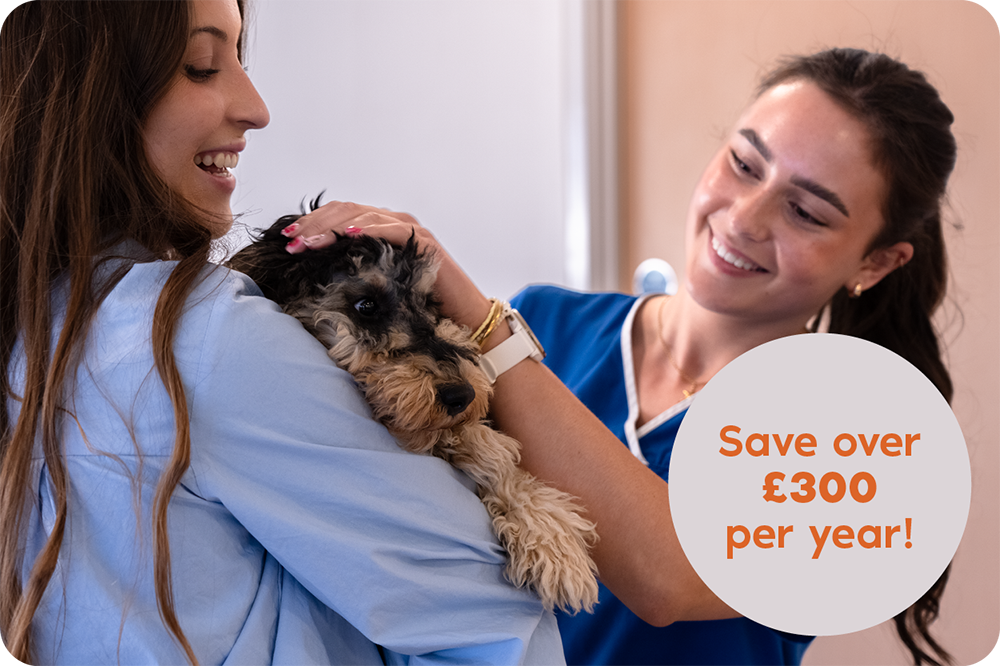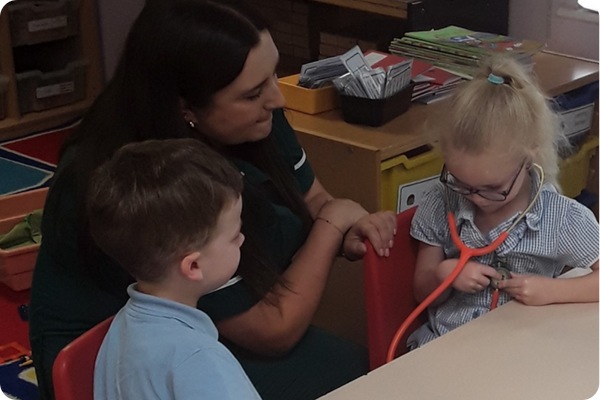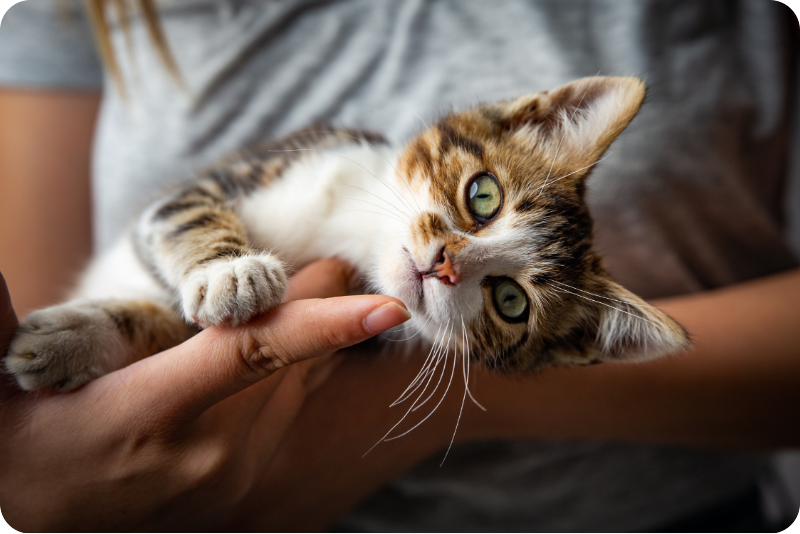The temperatures start to climb, the days get longer and suddenly it’s creeping into the summer season. At this time of year, many pet owners are beginning to think about ways to get outside and enjoy the warmer weather with their furry friends. But, with the sun comes several risk factors for pets that require extra levels of care and attention from their owners. What are some things you should be looking out for? In this blog, we share 5 top summer pet care tips for cat and dog owners on what to look out for to support their pet’s wellness.
Quick Links
Keep your pet hydrated
Just like humans, cats and dogs need a proper water intake to remain hydrated and support normal body functions. Make sure that your pet has access to fresh, clean water whenever they need it, indoors or outdoors. Cats tend to be more particular with their water sources, so consider investing in a cat water fountain to make drinking more appealing and encourage your kitty to keep up with their drinking. If you’re heading out for a walk with your pet, bring a collapsible water bowl or drinking bottle and remember to offer it frequently, especially when your pet is exercising.
Noticing some common signs of dehydration, such as panting, lethargy or a dry mouth? Make sure to offer water immediately and move your pet to a cool, shady area to allow them to rest.
Protect paws from hot surfaces
When the air temperature is warm, don’t forget that the temperature of the floor is going to be even hotter! Surfaces like pavements, sand or even patio decking can cause damage to your pet’s sensitive paw pads in the heat of the day.
Walks and regular activity are still important for overall pet wellness. However, try to exercise your pet out of the heat of the day, such as early in the morning before the floor has had a chance to hear up. If you can, stick to walking them on the grass or letting them burn off steam in the garden in the shade. This will minimise the risk of burns from the heat of the floor. Keep an eye out for some of the main signs of sore paws, such as redness, swelling, sores and discomfort. If your pet’s paw pads are a little irritated you can help ease them by putting them under cool running water, keep them off the hot pavement and speak to your vet if you’re worried.
You can test the temperature of the ground by placing your palm on the floor. If it is too hot for you, it’s too hot for your pet!
Furthermore, don’t forget about sunburn! Particularly if your pet has a short or fine fur coat, investing in a pet-safe suncream can prevent itchiness, redness and burning and keep them happy and comfortable as they play outside and enjoy the sunshine.
Never leave pets in parked cars
Many owners are becoming increasingly aware of the dangers to pet wellness with the pairing of sunny weather and parked cars. Namely, you should never leave your pet alone in a parked car, especially in heat. Even with a window cracked, temperatures can quickly climb in the car – where the metal shell can effectively turn it into a portable furnace! This can increase the risk of overheating related conditions, such as dehydration, heat stroke and more serious conditions.
If you need to pop out, it’s always best to leave your pet at home in a comfortable space or leave them briefly outside of a shop in a shaded area with another member of the family. Leaving them alone in a hot car is never worth the risk.
Provide shade and cool resting spots
Large amounts of time in the blistering sun and heat aren’t good for your pet. Setting up shaded respite areas in your garden, such as under trees, umbrellas or canopies will help your pet to stay cool outdoors. You could also consider providing a cooling mat or a damp towel over your pet to bring their body temperature down and prevent them overheating.
If you have a cat that goes outside, make sure there are plenty of comfortable resting places indoors in the cool and in shaded areas. If they have a favourite bed outside, make sure to move it out of the direct sunlight. If your pet lives mostly indoors, placing their bed in front of a fan or open door with a good breeze can help to keep them cooler.
If your pet is brachycephalic (flat-faced), such as a pug, bulldog or Persian cat, keep a particularly close eye on how they act in the heat, as they are typically more prone to breathing troubles and often struggle to regulate their body temperature.
Watch for signs of heatstroke
It’s easy for pets to overheat in warm weather or poorly ventilated areas. That’s why it’s vital to recognise the signs of heatstroke and know when to seek veterinary help.
In cats and dogs, early symptoms may include excessive panting, drooling, restlessness, red gums or tongue, increased heart rate, and vomiting or diarrhoea. As heatstroke progresses to become more severe, symptoms may worsen to include lethargy, confusion, weakness, collapse or even seizures.
If you suspect your pet is suffering from heatstroke, move them to a cool, shaded area immediately. Offer small amounts of water and begin cooling them with cool (not icy) water, focusing on areas like the paws, belly and armpits. Once you’ve begun these steps, contact your vet straight away for further guidance.
Got any pet wellness or health related questions? Or, perhaps you aren’t sure which of these summer pet care tips apply to you and your pet? Reach out and get in touch with your Kin Vet Community practice for more advice. Our friendly team will be more than happy to assist you. Most importantly, we hope you have a lovely sunny summer with your four-legged friends!
Find a Vet Practice Near You
Our Latest News and Advice

Join our Pet Healthcare Plan, the Kin Care Club.
Our comprehensive pet healthcare plan is designed to help you give your cat or dog the best care, while keeping your budget in mind.
Whether you’re looking for essential coverage or complete peace of mind, the Kin Care Club offers two flexible plans tailored to your needs and your pet’s well-being.




